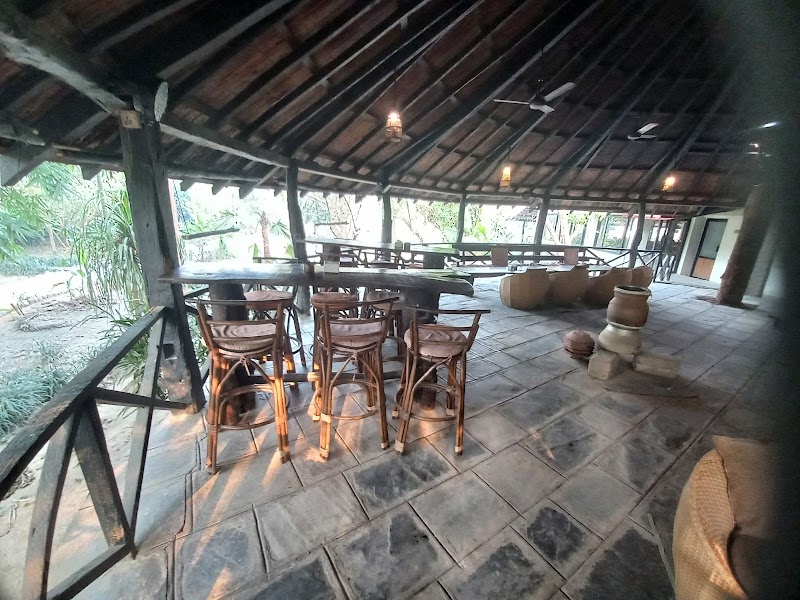
Chitwan National Park Adventures
Chitwan National Park, located in the lowlands of Nepal, is a renowned biodiversity hotspot known for its rich wildlife, including the Bengal tiger and one-horned rhinoceros.
About Chitwan National Park

Chitwan National Park, established in 1973, encompasses the subtropical inner Terai lowlands of south-central Nepal. Covering an area of over 367 square miles, it lies at the base of the Himalayas and includes the Churia hills and floodplains of the Rapti, Narayani, and Reu rivers. This UNESCO World Heritage Site is famed for its extraordinary array of wildlife, such as the Bengal tiger, Asian elephant, one-horned rhinoceros, and Gharial crocodile. With an extensive network of grasslands, forests, and wetlands, the park provides excellent opportunities for wildlife viewing through jungle safaris and canoe trips. Human settlements and lush farmland border the park, providing a stunning contrast to its dense forests. One of the park's historical highlights includes Tharu cultural sites, reflecting the connection between the indigenous Tharu population and their environment. The park is an increasingly vital destination for ecotourism, offering guided tours, elephant back rides, and birdwatching expeditions.
Highlights
Sauraha region offering cultural experiences and access to safaris
Meghauli, known for its birdwatching and wildlife viewing
Casto waterfall and its serene surroundings
The Rapti River, ideal for canoe trips to spot Gharials and crocodiles
Notable Natural Features
Bengal Tiger Population
Chitwan has a dense tiger population, making it a prime spot for tiger safaris.
One-Horned Rhinoceros
Home to one of the largest populations of the rare one-horned rhinoceros in the world.
Gharial Breeding Center
A conservation center for the critical endangered Gharial crocodile.
